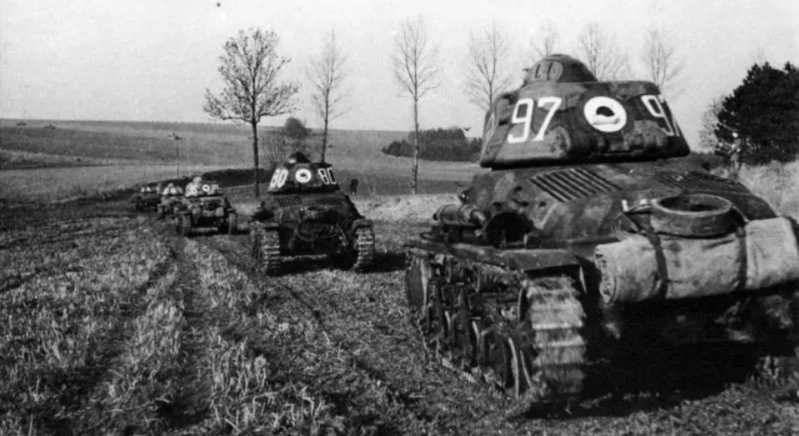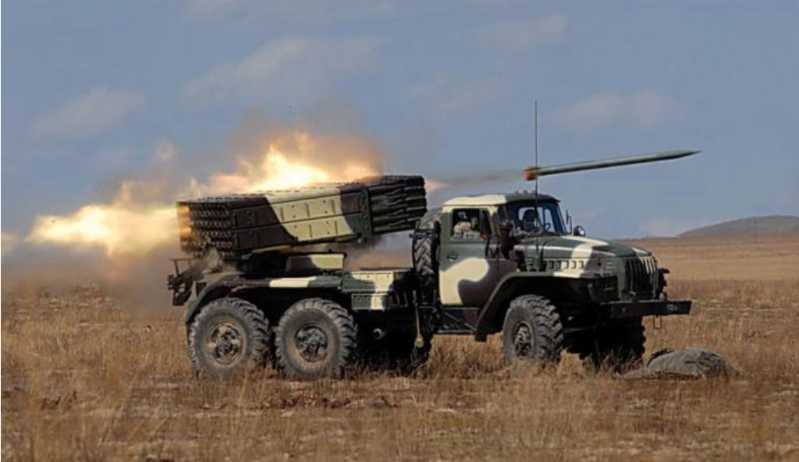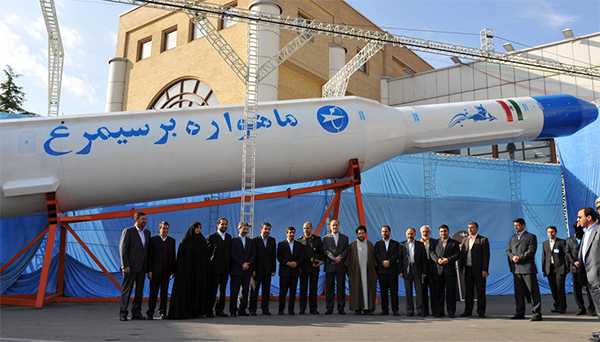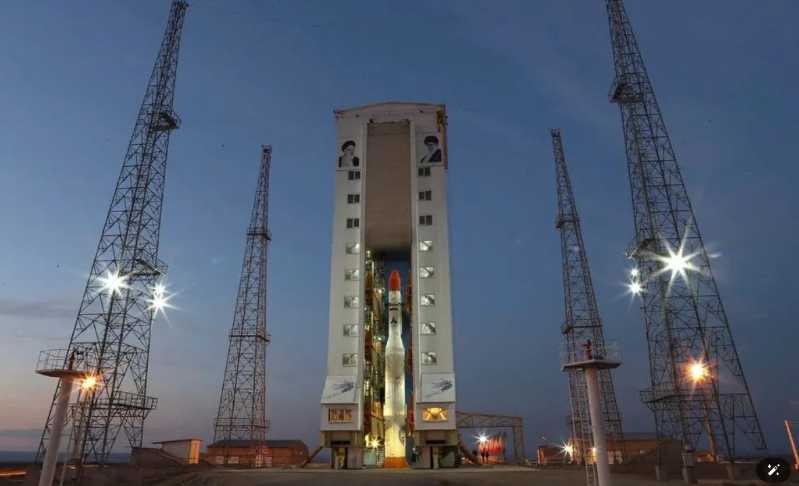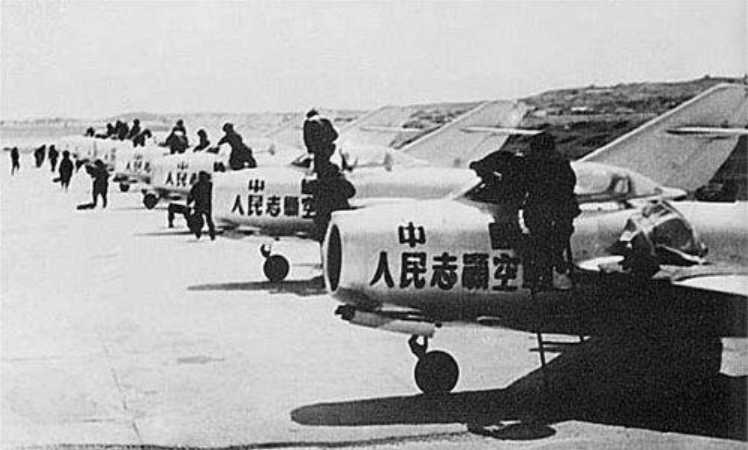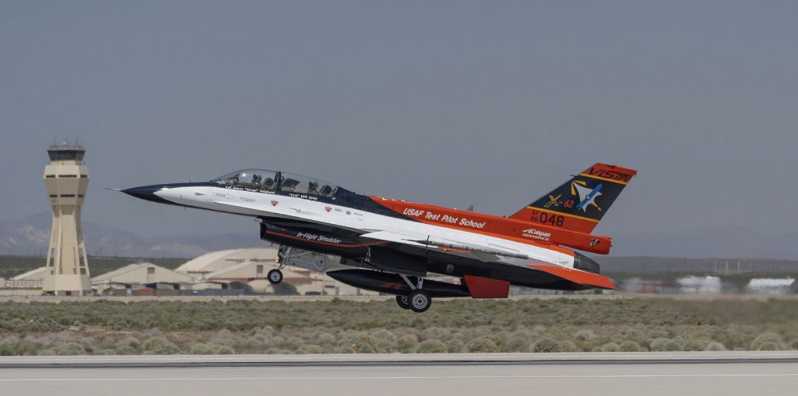Generally speaking, when it comes to the history of tank development before and after World War II, what people are more familiar with and talk about are the comparison between Soviet and German tanks during World War II, or the sudden rise of American tanks. The public does not know much about the history of French tanks and armored vehicles, the "loser" of World War II, or more precisely, most people only know a little about relatively prominent French tanks, including tanks and armored vehicles from companies such as Renault, Hotchkiss, Saumua, and Panhard. However, what are the performance of these French tanks, their design purposes, and under what conditions were they designed and manufactured? How will the French army use these tanks? These questions have long been ignored and vague. Hotchkiss is a well-known military enterprise in France. It was the first to propose the technical route of casting tanks, which has left a strong mark in history. Hotchkiss’s tanks have also left an important mark in history. The two important tank models of the French army before World War II, H35 and H39, mentioned in this article, were produced by Hotchkiss.
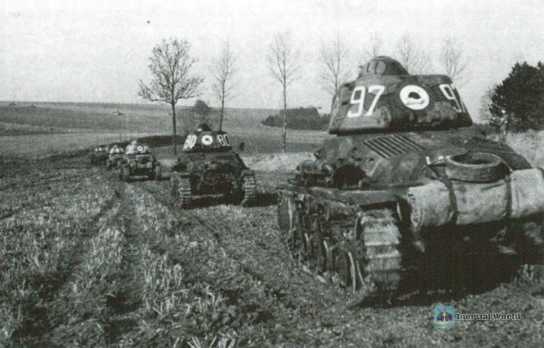
Born at the right time
At the beginning of World War II, the French Army, known as the first army in Europe, also had a Tak unit that matched its reputation. The paper strength of the French tank unit was second only to the Soviet Union. But it must be taken into account that the French only began to build most of the modern tanks between 1936 and 1940 to prepare for the battle with Nazi Germany. In the early 1930s, the technical level of French tanks was obviously outdated, based on 3,000 Renault FTs that were completely outdated in technology. At this time, Renault began to produce the D1 light tank to replace the Renault FT, but the French army soon became disappointed with the D1. Renault designers tried to make the new tank as cheap as possible, resulting in poor quality of the D1 and frequent failures. However, although the French Army was quite dissatisfied with the DI, considering that the D1 was the only relatively modern tank in France in terms of technology and design concepts in 1932, it was of great value for supporting ordinary infantry. Initially, the French army hoped to classify the D1 as a main battle tank (char de bataille), and the real main battle tank: the B1 tank was not put into production until 1934. It turned out that there was no tank in France at that time that could be mass-produced to fully replace the Renault FT.
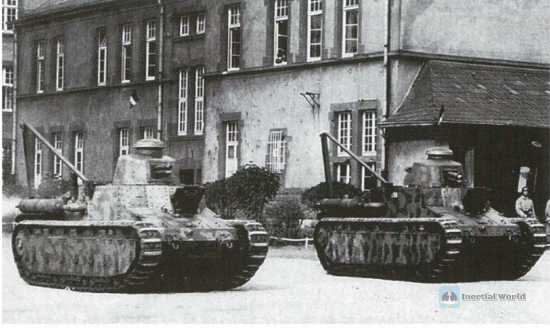
In such a situation, Hotchkiss saw a good opportunity to defeat Renault and win the French Army’s tank order. They took the initiative and proposed a new tank concept to the French military in 1933. This is a small two-person tank weighing six tons, with a simple and cheap structure. The tank body used large castings for the first time and was assembled by bolts. This layout was not common in France at the time, with the engine at the rear and the gearbox at the front. In order to reduce costs, Hotchkiss even gave up arranging a turret on the tank and instead installed two machine guns in the body, which made the tank’s appearance easily reminiscent of the British wedge tank. It is worth mentioning that the leader of Hotchkiss at that time was the British Henry Mann Ainsworth, who was transferred from the British branch.
At this time, the French military finally saw a real mass-produced alternative to the Renault FT tank and quickly supported the proposal. On June 30, 1933, Hotchkiss received a contract to build three prototypes, and on August 2, announced its participation in the bidding for the French Army’s new tank. This new tank design realized Ainsworth’s suggestions in many ways: a simple and reliable tank weighing 6 tons, with 30 mm armor, and equipped with two machine guns or a 37 mm cannon in the turret.
Competition with Renault
The competition for the French Army’s new light tank was not just a duel between Hotchkiss and Renault. In fact, a staggering number of 14 companies participated in the bidding. In addition to Hotchkiss, there are two other familiar companies: Renault and APX (Atelier de Construction dePuteaux - engineering factory in Puteaux). Renault reacted the fastest; its prototype, the Renault Z M, was ready for testing in December 1934. It was a 7.5-ton tank with an 82-horsepower engine and a turret with two machine guns, but the military was not interested. The main problem was that the designers compressed the tank’s armor volume to the limit, so the fighting compartment was very cramped, and the vehicle carried insufficient ammunition and fuel. Even so, the total weight of the tank could not be guaranteed to be within the 6 tons required by the design indicators.
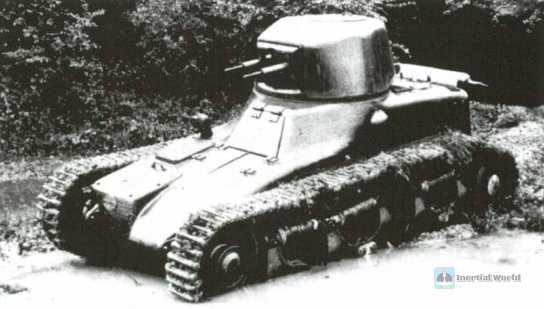
Hotchkiss built the first prototype in January 1935. It weighed 8.5 tons, was powered by a smaller 78-horsepower engine, and had no turret. Overall, the Hotchkiss tank was heavier and less armed than its competitors, and its performance was not outstanding. This is not surprising. Renault took advantage of the development of its AMR 33 cavalry tank and tested the engine, gearbox and rubber gasket suspension on the AMR33 prototype. Overall, the Renault ZM was very similar to the later AMR 35 in terms of the general layout and design of the chassis. But Hotchkiss was previously famous for gun design and manufacturing, but had no experience in tank design and production, so it had to start from scratch, so the first design was not outstanding.
However, no matter how good the actual performance of the Hotchkiss and Renault tanks was, they could not be put into production because the French Army changed its mind. In 1934, the French army was equipped with the Hotchkiss 25mm anti-tank gun. The gun was very light and compact, and could easily penetrate 30mm thick armor. The French military was keenly aware that other countries would soon be equipped with similar light anti-tank guns in large quantities, quickly improving the anti-tank capabilities of the infantry. Against the backdrop of the overall improvement in anti-tank firepower, the French army decided to require the armor thickness of the new tank to reach 40 mm. At the same time, the firepower requirements of the tank were also modified, and a 37 mm gun must be equipped in the turret. In other words, both protection and firepower must be fully upgraded.
In order to save time, the companies participating in the competition still produced the first batch of tanks according to the original requirements, and redesigned the tanks immediately with consideration of testing. The APX tank that finally participated in the competition was the world’s first tank equipped with a two-stroke diesel engine. Although the APX prototype was completed in October 1935, unfortunately no photos were preserved. The military did not like the tank chassis, but thought the turret was well designed, so it was installed on the modified Hotchkiss and Renault tanks.
In general, the new tank did not appear immediately. According to the new requirements of the French Army, the improved tank prototype weighed 10-11 tons, and the improved H39 prototype even reached 12 tons, which was twice the original design requirements.
In general, the new tank did not appear immediately. According to the new requirements of the French Army, the improved tank prototype weighed 10-11 tons, and the improved H39 prototype even reached 12 tons, which was twice the original design requirements.
Lucky Victory
There are many materials and stories involving pre-war French light infantry tanks as described below. The Hotchkiss and Renault tank designs were very similar in terms of function and price. The Hotchkiss tank was faster (almost a third faster) and therefore looked better, but the infantry chose the Renault tank. In any case, although Hotchkiss withdrew from the infantry tank competition, it successfully participated in the cavalry tank competition with a faster tank. So, the history of the Hotchkiss H35 and Renault R35 tanks is roughly like this.

Such a story is of course legendary and has a very good communication effect from a communication perspective. But in fact it is far from the truth.
Let’s first look at the mobility of the tank. The Hotchkiss tank is indeed faster on paper. The H35 is equipped with a five-speed gearbox and is expected to have a top speed of 28 km/h; the R35 is only equipped with a four-speed gearbox and is expected to have a top speed of 20 km/h. At first glance, the speed difference is huge, but things are actually not that simple.
In fact, the estimated maximum speed index is calculated based on the drive wheel diameter, maximum engine speed and minimum gear ratio. In other words, the top speed here is not an actual test result, but only a theoretical data. It reflects the maximum speed that the transmission system can provide, but the top speed depends not only on the gearbox but also on the engine. If there is not enough power, the tank will not be able to reach the design speed.
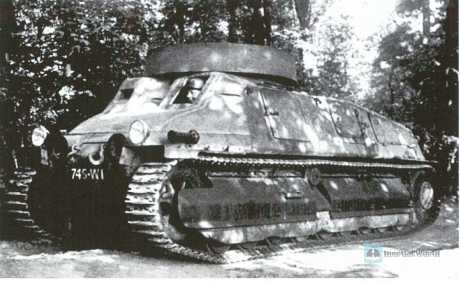
The higher design speed is only an advantage on paper. The H35 weighs a ton more and has a smaller engine: 78 hp, compared to 82 hp for the Renault tank. The two tanks have similar weight and engine power, so the actual average speeds are similar. In addition, the H35’s protection is weaker and does not meet the requirements. Its hull armor thickness does not exceed 34 mm, while the R35’s armor thickness is 40 mm. If the protection is further enhanced, the vehicle weight will increase, which will further affect the tank’s mobility. It turns out that the H35 has no advantages in mobility and protection.
So the choice of the French infantry becomes quite reasonable. The French military is well aware that the Renault R35 is a rather mediocre tank that cannot cope well with off-road conditions. However, the French army urgently needs a cheap tank that can be mass-produced to accompany the infantry in combat, and there is basically no time for serious modification. Compared with the R35, the H35 has insufficient protection performance, no obvious advantage in mobility, and more mediocre performance. In line with the idea of "picking a general from a short man", it is natural for the French Army to choose the Renault R35.
During testing, the Hotchkiss H35 proved to be very crude. The military complained about frequent breakdowns, weak brakes, and poor differential steering, which made the tank difficult to drive off-road. The chassis performed well overall, but the rubber road wheels wore out quickly, and finally the engine was too weak. In the end, Hotchkiss built only a few experimental vehicles and lost the competition.
But surprisingly, the French military then decided to put the H35 tank into mass production. This was due to the wrong impression of the leaders. The H35, which lost the competition for infantry light tanks with the Renault R35 tank, turned to the competition for cavalry tanks, competing with the S35 tank of the Soma company.
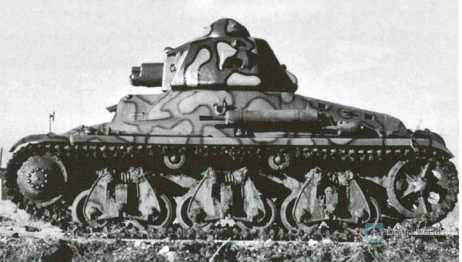
The then French Defense Minister Jean Fabry attended the display of H35 and S35 prototypes. Fabri seemed to be the savior of the H35. During the demonstration, Fabri thought that the Hotchkiss tank was more agile, so the minister who was not proficient in technology concluded that the more expensive S35 had no special advantages. The H35 could fully meet the needs of the French army.
Cavalry General Jean Flavigny once recalled
:
"To overcome this wrong impression, I requested to test the two tanks at a large training ground in Mormechan, but it was difficult to get permission. The Soma ran fast, quickly completed the entire journey, raised a column of dust, and drove as smoothly as a sports car on a cinder track. The Hotchkiss went slower, laboriously, and shook violently with every bump.
According to the results of the comparison, the meeting decided to use the Souma S35, but what about the Hotchkiss, who was so popular with the minister and his entourage? General Gaganlin decided to transfer Hotchkiss to the cavalry, even though it did not meet our requirements at all. I could not refuse this "supplement", which was not very pleasant, but I lacked armored vehicles. At the same time, I put forward a special opinion that all mechanized divisions should be replaced with Souma S35 after the formation. Unfortunately, the production of Souma Company was too low to meet the demand.
These memories well reflect the difficult situation of the French army at that time. The S35 met the latest technical requirements and was technologically advanced, but the production of the Souma Company factory was insufficient. With the advent of cheap mass-produced tanks, the cavalry was in a very bad situation - Renault’s AMR 33 often broke down and quickly became obsolete. In this situation, the advantages of the Hotchkiss tank with some armor were highlighted. It is generally believed that the H35 is more suitable for cavalry, but it is better to say that it is not very suitable for infantry. Cavalry relies more on a good road network than infantry and usually moves on better road conditions, so this just masks the shortcomings of the H35’s poor mobility.
On November 6, 1935, Hotchkiss received the first contract for the purchase of 200 H35 cavalry tanks for the cavalry, and a second contract for another 100 vehicles was later signed. The cavalry received the new tank very coldly; by their standards, it was too slow and unreliable. After completing the cavalry contract, Hotchkiss received a third order for 100 H35s, this time for infantry, but this decision was also forced. The reason was that Renault and FCM factories could not supply the required number of R35 infantry tanks, so Hotchkiss’s production capacity was indispensable. Infantry Director Julien Dufieux had tried his best to reject the H35, but this time he had to succumb to reality.
Therefore, behind the legendary story about the so-called "wise choice of cavalry and awakening of infantry", there is a mediocre fact hidden - Minister Jean Fabry and Commander-in-Chief Maurice Gamelin actually forced the infantry and cavalry to accept mediocre tanks that they never wanted.
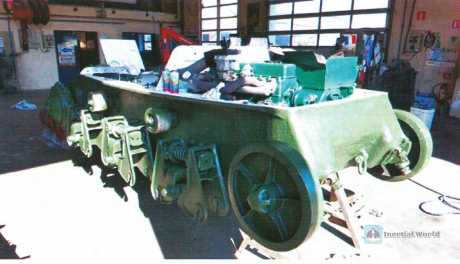
H35 Upgrade and improvement
In fact, Hotchkiss also realized that the H35 was a mediocre tank at this time and needed to be redesigned and improved. First of all, the engine, where the engineers’ work and technical accumulation on the Hotchkiss racing car, which had won the famous Monte Carlo Rally several times, came in handy. In 1937, the H35 was tested with a 117-horsepower racing engine, and the tank’s mobility was significantly enhanced, but the gearbox could not withstand the higher torque. Major design changes were needed.
In 1938, Hotchkiss launched a completely new H35 tank. The main differences were a 120-horsepower engine based on a racing engine and a new transmission system. To install it, the rear section of the H35 was significantly enlarged, while the fuel volume was increased from 180 liters to 207 liters. In addition, the thickness of the tank’s armor reached the required 40 mm, and the transmission performance was significantly improved. As a result, the weight of the tank increased to 12 tons, so the engineers widened the track by 2 cm. Tests showed that the performance of the new tank was greatly improved, the maximum speed was increased to 36.5 km/h, and driving became easier. According to German data, the road fuel consumption of the French Soma S35 cavalry tank is 225 liters per 100 kilometers, while the much lighter Hotchkiss is not much less. It reaches 190 liters per 100 kilometers. Therefore, despite the increase in fuel volume, the cruising range has been reduced from 150 kilometers to 120 kilometers. This is undoubtedly a weakness of the new H35 tank. The improved new generation H35 tank was officially approved for adoption on February 18, 1939. Its official full name is Char léger modèle 1935H modifié 1939, usually abbreviated to H39, but sometimes also called H38, because before it was adopted, Hotchkiss called the new model Char léger modèle 1938 série D. Like its predecessor H35, the H39 is also supplied to both infantry and cavalry, and the infantry is now its main customer.
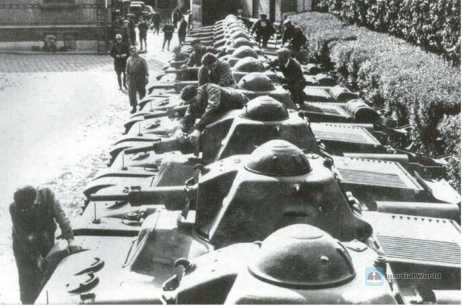
In 1940, the French army launched a light tank modernization program. Like the R35, the H35 and H39 were initially equipped with the old SA 18 37mm guns, which were not powerful enough. In order to save money, some guns were even second-hand goods removed from Renault FT tanks. At the end of 1939, France completed the finalization of the new SA 38 gun, whose caliber did not change, but was more powerful. France produced a total of 800 SA 38 guns, so it was not enough to update the guns for all tanks. In addition, many H39s were equipped with tail skids for enhanced trench crossing performance, and spare tires and spare parts boxes were also installed on the tail skids. The command vehicles of H35 and H39 were also equipped with radio stations. Overall, H35 and H39 are the most balanced and combat-capable light tanks in France.
From Mediocre to Excellence
At this point in the article, the reader may feel that the Hotchkiss tank project was a failure from the beginning. It seems that inexperienced engineers developed a tank with mediocre performance, and the lack of vision of Minister Fabry and General Gamelin forced it on the French army. In fact, the original H35 may have been mediocre, but the improved H35 and H39 proved to be a series of quite successful tank designs.
General Maurice Gamelin was one of the smartest and most respected soldiers of his time. From 1933, he led the reorganization of the French army in preparation for war. Despite his advanced age, Gamelin was still an enthusiastic supporter of mechanization. Of course, it was not easy to implement. France lagged significantly behind Germany in both population and industrial potential. In addition, the military was seriously short of funds due to the economic crisis during the interwar period, coupled with the policies pursued by the left-wing government of Les Pins Blum. Under these circumstances, both the French military and tanks had to make compromises.
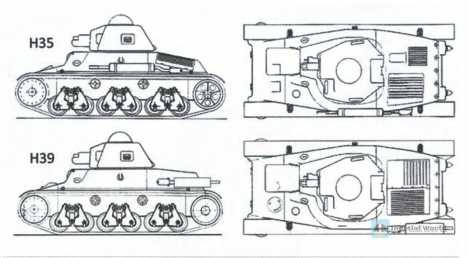
The three mechanized light divisions (division légère mécanique, abbreviated as DLM) planned by the French Army were similar to the German tank divisions, and the full organization required 600 Souma S35 tanks. However, before the end of the war, the Souma factory only assembled 427 S35 tanks, and there were no other tanks to replace them at the time. Renault’s delivery plan was wrong at the time, and it was in a financial crisis. Renault’s cavalry tanks AMR 35 and AMC35 had poor performance and constant failures (the three letters AMR refer to Automitrailleuse dReconnaissance, which means "self-propelled reconnaissance vehicle" in French). Compared with the inefficiency of the first two, in just two years, Hotchkiss, as a tank novice, assembled nearly 300 tanks for the new cavalry division. Moreover, compared with Renault’s AMR35, even the most mediocre early H35 was reliable enough.
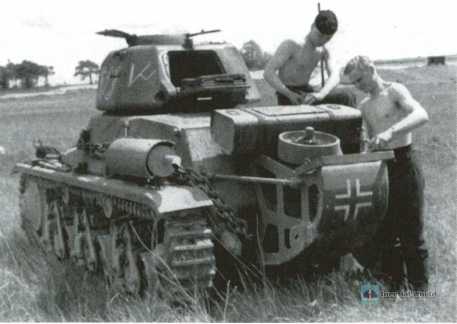
In infantry, Renault factories also did not have time to assemble enough R35 tanks. Another more advanced and promising FCM36 tank was only produced in small batches, with a total output of only 100. FCM’s tanks were overpriced and its production capacity was consumed by the Char B1 tank project. Hotchkiss once again helped fill the shortage of infantry tanks, and as a result, its tank became the second most numerous tank in the French army before the war, after the R35. Although the early H35 was not a success, the improved H39 proved to be much better than its competitors.
It is worth noting that after France was quickly defeated and surrendered by the German Army’s blitzkrieg, the German Army received a large number of French tanks to equip its armored and mechanized forces, but among all the captured French tanks, the Germans clearly preferred the H39 and S35. For a company that had never developed a tank before the H35, this result was already very good.
From a technical point of view, the H39 is a light tank of the same level as the German I1 type, with a combat weight of 12 tons, 40 mm frontal armor, equipped with a 37 mm L/33 cannon and a machine gun, a six-cylinder gasoline engine with a power of 120 horsepower, and a maximum speed of 36 kilometers per hour on the road. The armor protection of the H39 tank is better than that of the German Type 2 tank, and the 37 mm gun is also more powerful. The French army is equipped with 790 of this tank. The German army named the captured H39 38H 735 (f) and equipped it with the German armored forces.


